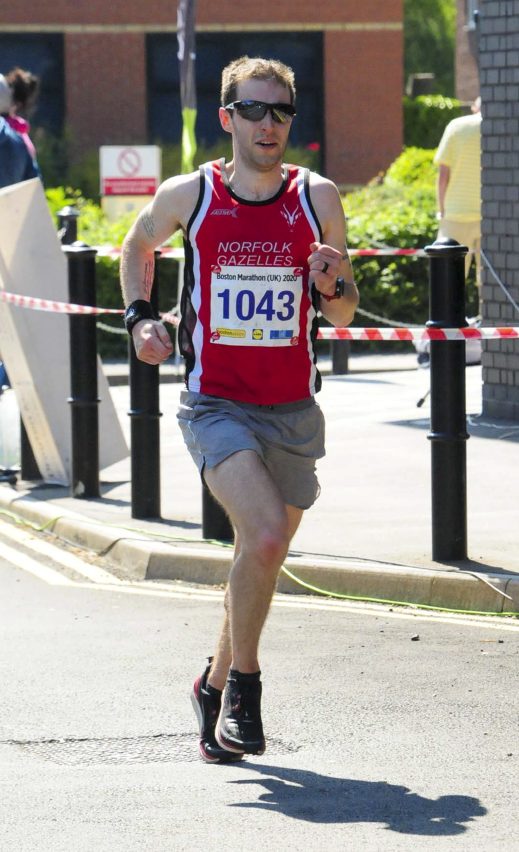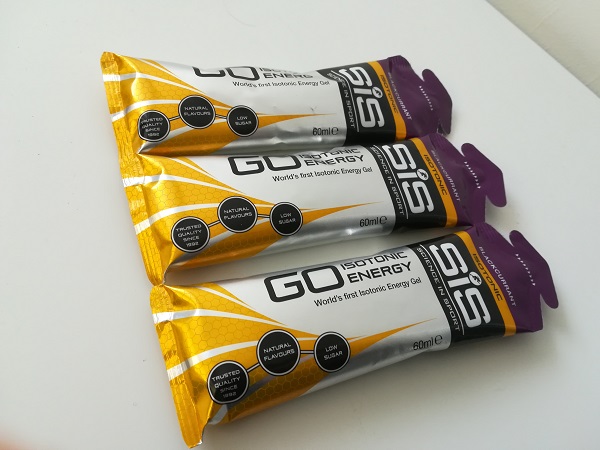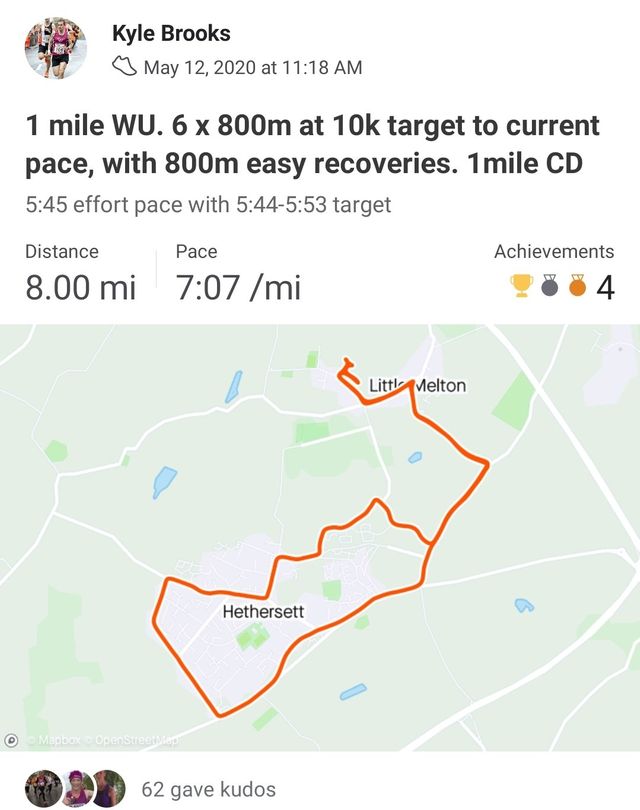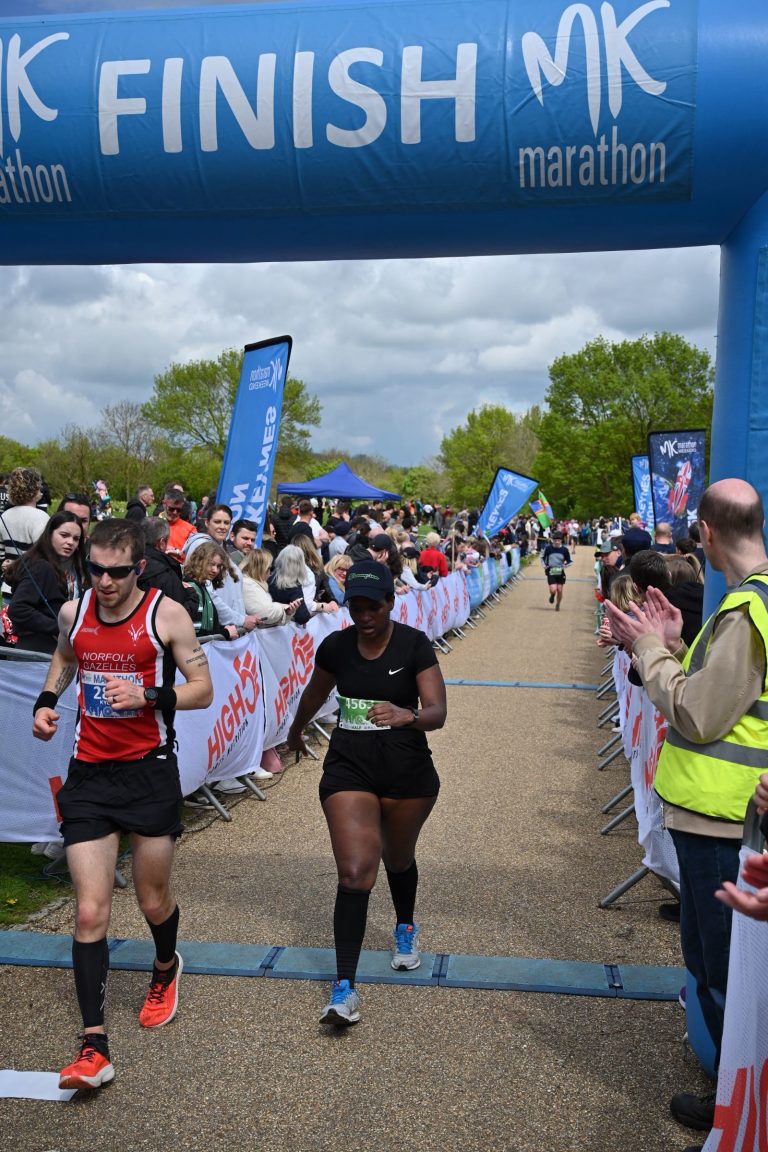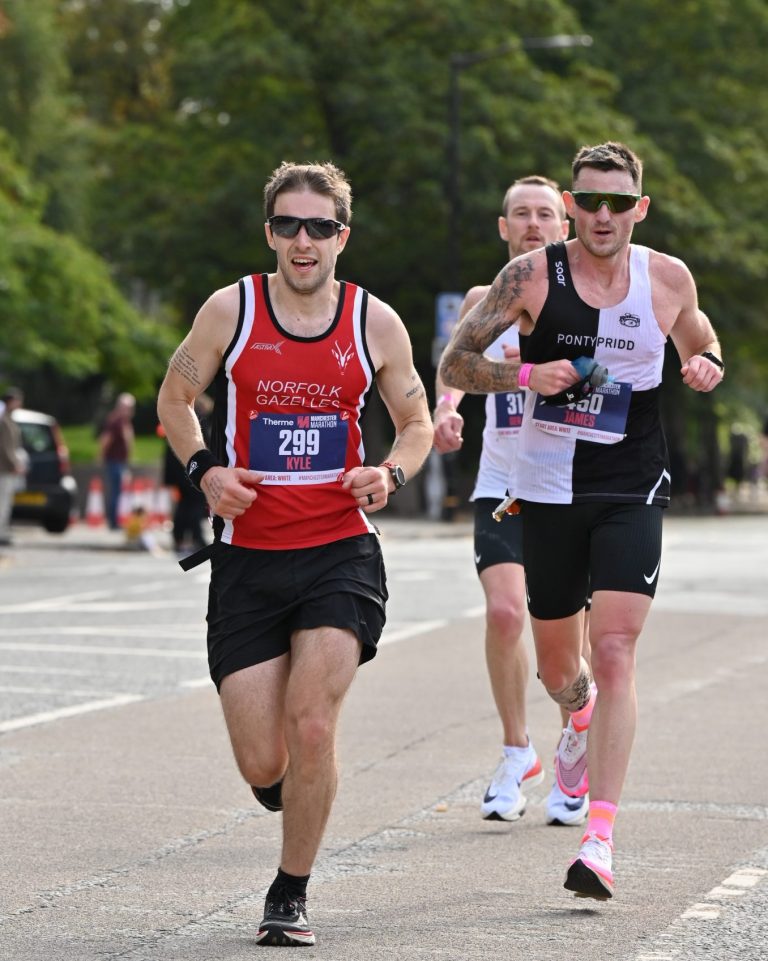How to pace a marathon
There are many factors that influence your marathon day performance, and one that doesn’t necessarily spring to mind, at least not until a few days before the race, is how to pace it. Let’s look at what you need to consider.
Pacing options
Generally you can categorise pacing into three distinct types:
Even pacing/neutral – Run with minimal pace variation.
Negative split – running the second half of the race faster than the first half.
Positive split – running the second half of the race slower than the first half.
You might ask yourself why run the second half slower than the first half? Well, in honesty that’s just generally how it goes. Marathons are hard, and gauging the exact right pace is a tricky thing, meaning you may well start a bit faster than you should have. That said, it can be a deliberate strategy, and professional marathon runners in particular will sometimes opt for this pacing plan because if they’re able to just hold on without hitting the wall too hard, they can achieve enormous personal bests.
Pacing strategy variables
The route and elevation, cheer spots or spectator points, wind direction and weather will all play a role in the likely strategy choice.
A marathon with a big downhill start and uphill finish is likely to lead to a positive split no matter how you run it, so why plan for anything else? If you’re going to face a headwind for the first half of an out and back style route, with a good tailwind on the return, a negative split could work well.
Your own mindset plays a role too. I love pushing ahead of a target, so if I can get a few seconds ahead, the drive to keep building or maintain that time advantage pushes me. If I start behind it by too much, then you can feel like you’ll never catch up and consequently end up giving up or not trying as hard.
The way you perceive the struggle in the final miles and whether you’re likely to slow dramatically when it starts to hurt or push on into “the pain cave” as some call it, will also be a big factor in your pacing strategy.
Which is the best option?
What will get you to your fastest time will still vary. There’s an argument that a negative split or even pacing will always mean you’re not reaching your potential, but it’s inherently impossible to prove. You’ll run more consistently good times for your fitness, and will avoid crashing and burning for the most part, but you may well never run as fast as you could.
My perspective is that a well thought-out plan, with accurate, challenging and realistic expectations can still see you getting one hell of a performance, without too much risk of blowing up in the last few miles. A hard test run of 20 miles 3-4 weeks out from the race can give you a great idea of your current fitness levels and possible times, allowing for a more appropriate time target to make a pacing strategy for.
It’s key to know your fitness and mind well, but every pacing strategy has its place.
Written by Kyle Brooks, Running Coach based in Norwich, Norfolk

